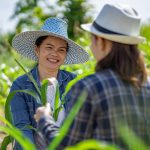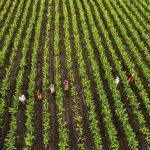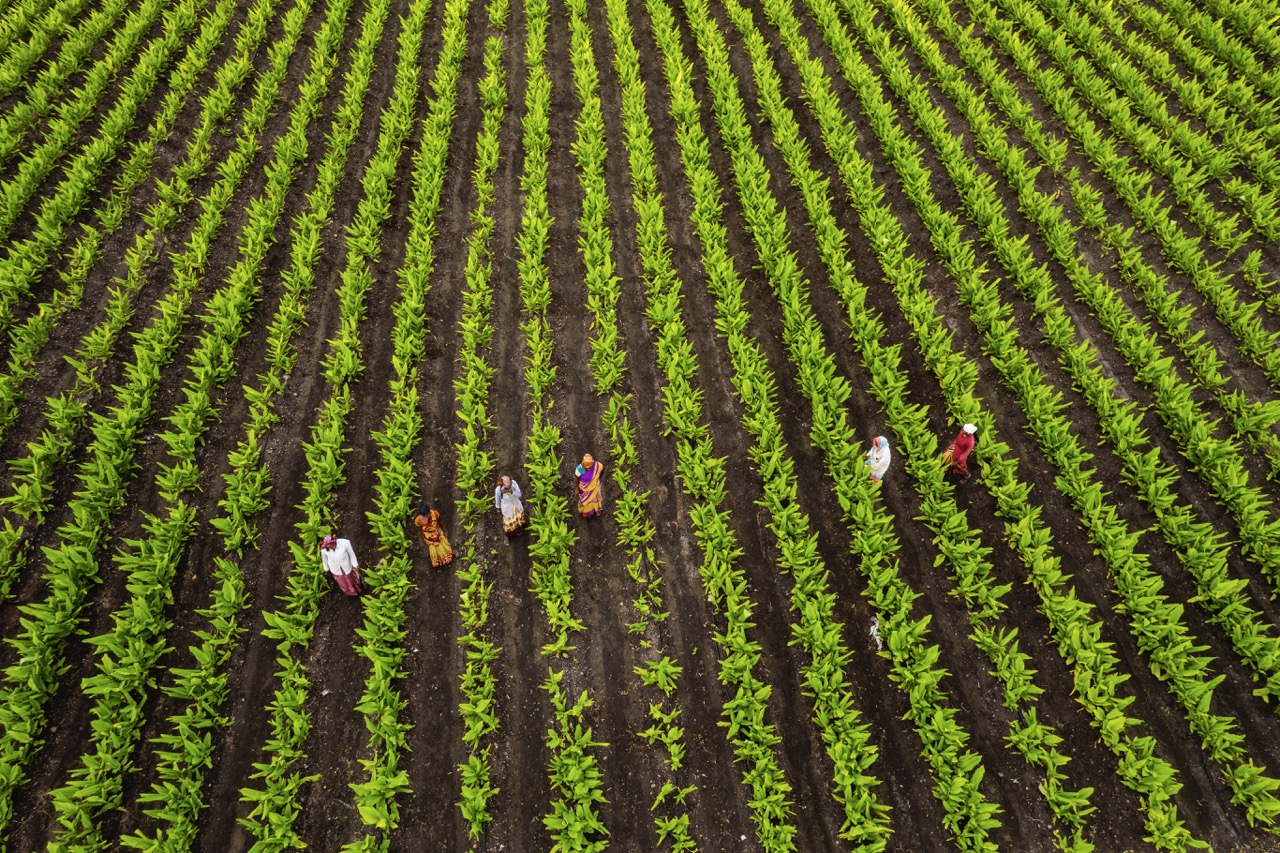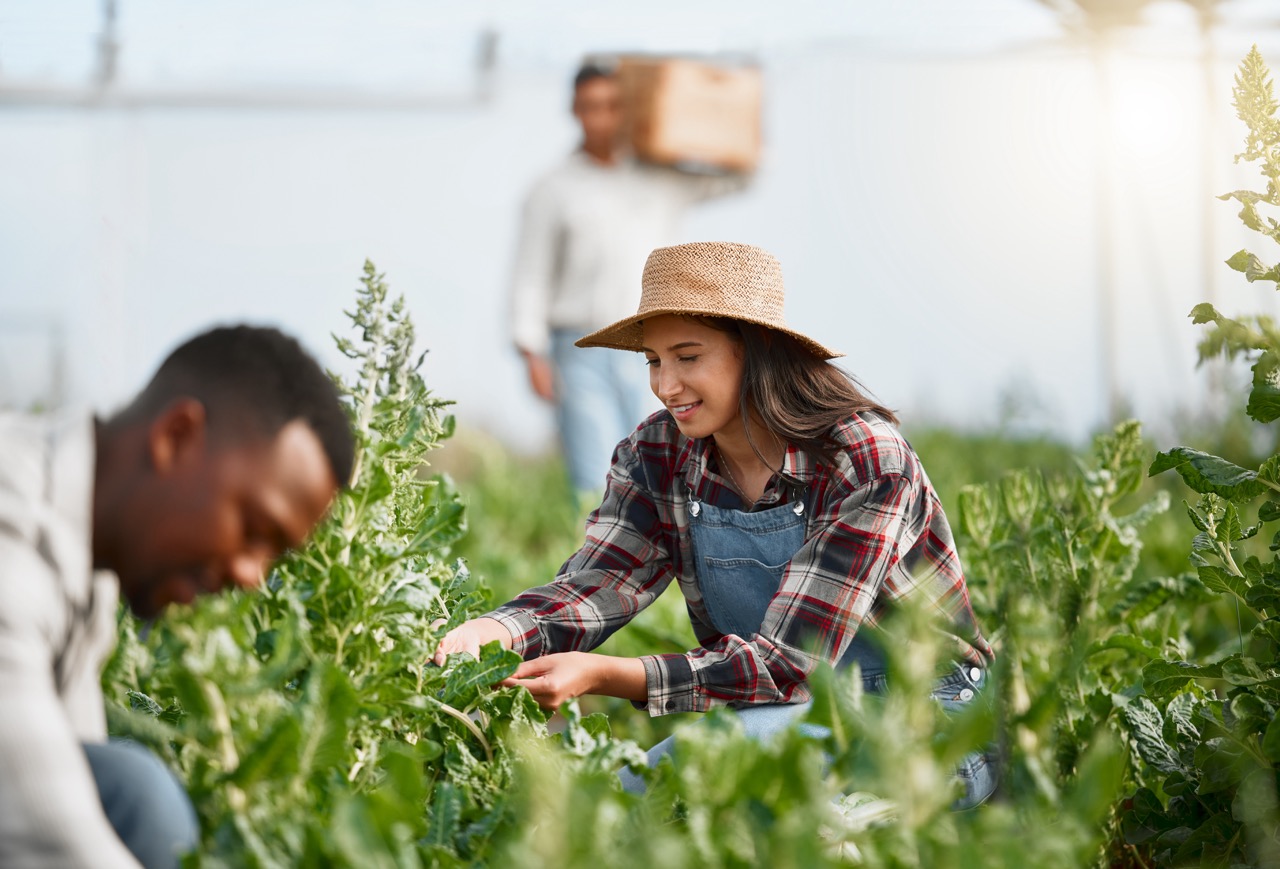In an era where food security is becoming increasingly precarious, the establishment of seed banks stands out as a critical initiative for farmers. A seed bank serves as a repository of seeds, allowing farmers to preserve unique genetic varieties and ensure their agricultural sustainability. Beyond just safeguarding crop diversity, seed banks are vital for maintaining food sovereignty and resilience against climate change impacts, pests, and diseases. For those considering starting their own seed bank on the farm, it involves not just practical steps but a deeper understanding of its importance in modern agriculture.
Understanding the Importance of Seed Banks for Farmers
Seed banks play a crucial role in preserving genetic diversity in crops, which is essential for agricultural resilience. As climate change and environmental degradation threaten traditional farming practices, maintaining a diverse gene pool can provide farmers with the necessary resources to adapt to emerging challenges. By storing seeds from various crop varieties, farmers can secure their agricultural future, ensuring that they have access to resilient crops that can withstand adverse conditions.
Moreover, seed banks empower farmers by granting them autonomy over their resources. Rather than relying solely on commercial seed suppliers, farmers can cultivate their own seeds, leading to reduced costs and increased self-sufficiency. This practice allows farmers to select seeds that are best suited for their local environment, promoting the cultivation of heritage varieties that may have superior taste, nutritional value, or disease resistance. The act of saving seeds not only fosters independence but also reinforces a community’s connection to its agricultural heritage.
Lastly, seed banks serve as critical educational platforms for both farmers and the broader community. By engaging in seed saving and sharing initiatives, farmers can pass on knowledge about traditional cultivation practices and the significance of biodiversity. This creates an opportunity for collaboration among local farmers, educators, and consumers, fostering a network dedicated to sustainable agricultural practices. In this way, seed banks contribute not only to food security but also to the cultural richness of farming communities.
Essential Steps to Plan Your Own Seed Bank Effectively
Beginning your own seed bank requires careful planning and organization. The first step is to assess your current farming practices and identify which crops you currently grow or wish to grow in the future. Understanding your local climate, soil conditions, and market demand will help you focus on the seed varieties that are most beneficial for your farm. From there, develop a clear objective for your seed bank—whether it’s preserving heirloom varieties, increasing self-sufficiency, or contributing to community seed sharing.
Once you have your objectives in place, it’s vital to create a management plan that outlines how you will collect, store, and distribute seeds. This plan should include timelines for seed collection during the growing season, protocols for handling seeds to maintain their viability, and a cataloging system to keep track of your seed varieties. Establishing a clear system ensures that your seed bank remains organized and that you can efficiently manage the lifecycle of the seeds you store.
In addition, consider the legal and ethical aspects of seed banking. Familiarize yourself with local agricultural regulations regarding seed saving, as certain hybrid varieties may have restrictions. Engaging with local agricultural extension services or seed conservation organizations can provide valuable resources and support for your seed bank initiative. By addressing these considerations early on, you can lay a solid foundation for a successful seed banking operation that aligns with sustainable agricultural practices.
Choosing the Right Seeds: Selection and Sourcing Tips
Selecting the right seeds is a cornerstone of building a successful seed bank. Start by prioritizing heirloom and open-pollinated varieties, as these seeds can be saved and replanted year after year. Heirloom varieties often have unique flavors, hardiness, and adaptation traits that can make them well-suited for your specific region. Research the history and characteristics of various seeds to ensure you are choosing those that will thrive in your local conditions.
Sourcing seeds can be done through multiple avenues. Local seed savers, community gardens, or agricultural co-ops often have a wealth of knowledge and seeds to share. Attending seed swaps or farmers’ markets can also be excellent opportunities to connect with other growers and acquire diverse seed varieties. Additionally, consider reaching out to seed banks or organizations focused on crop preservation, as they may offer rare or endangered seeds that can enhance the genetic diversity of your seed bank.
Lastly, always ensure that you are sourcing seeds from reputable suppliers, especially if you are purchasing online. Check for certifications that indicate seeds are disease-free and of high quality. By being diligent in your selection and sourcing processes, you can build a robust seed bank that not only meets your farm’s needs but also contributes to the preservation of agricultural biodiversity.
Best Practices for Storing and Maintaining Seed Viability
Once your seeds are collected, proper storage is crucial for maintaining their viability over time. Begin by ensuring that seeds are clean and dry before storage, as moisture can lead to mold or decay. Use airtight containers made of glass, metal, or heavy-duty plastic to protect seeds from moisture and pests. Label each container clearly with the seed variety and collection date to streamline future reference and organization.
Temperature and light exposure significantly impact seed longevity. Ideally, seeds should be stored in a cool, dark, and dry environment, such as a basement or refrigerator. The optimal storage temperature for most seeds is around 32°F to 41°F (0°C to 5°C). Regularly check the storage conditions and adjust as needed to ensure that the seeds remain in a stable environment.
Additionally, conducting periodic viability tests can help determine the health of your stored seeds. Germination tests can be performed by placing a small sample of seeds on a moist paper towel and observing their sprouting rate over a specific period. If you find that germination rates are declining, it may be time to replenish those seeds with fresher stock or reassess your storage practices. By adhering to best practices for seed storage and maintenance, you can ensure that your seed bank remains a reliable resource for your farming endeavors.
Establishing a seed bank on your farm is an invaluable step toward ensuring agricultural resilience and sustainability. By understanding the importance of seed banks, planning effectively, selecting the right seeds, and adhering to best storage practices, farmers can create a robust repository that not only supports their own needs but also contributes to the broader goals of food security and biodiversity preservation. In a world where challenges to agriculture are ever-evolving, a seed bank can be a farmer’s most potent tool for secure and sustainable farming for generations to come.









